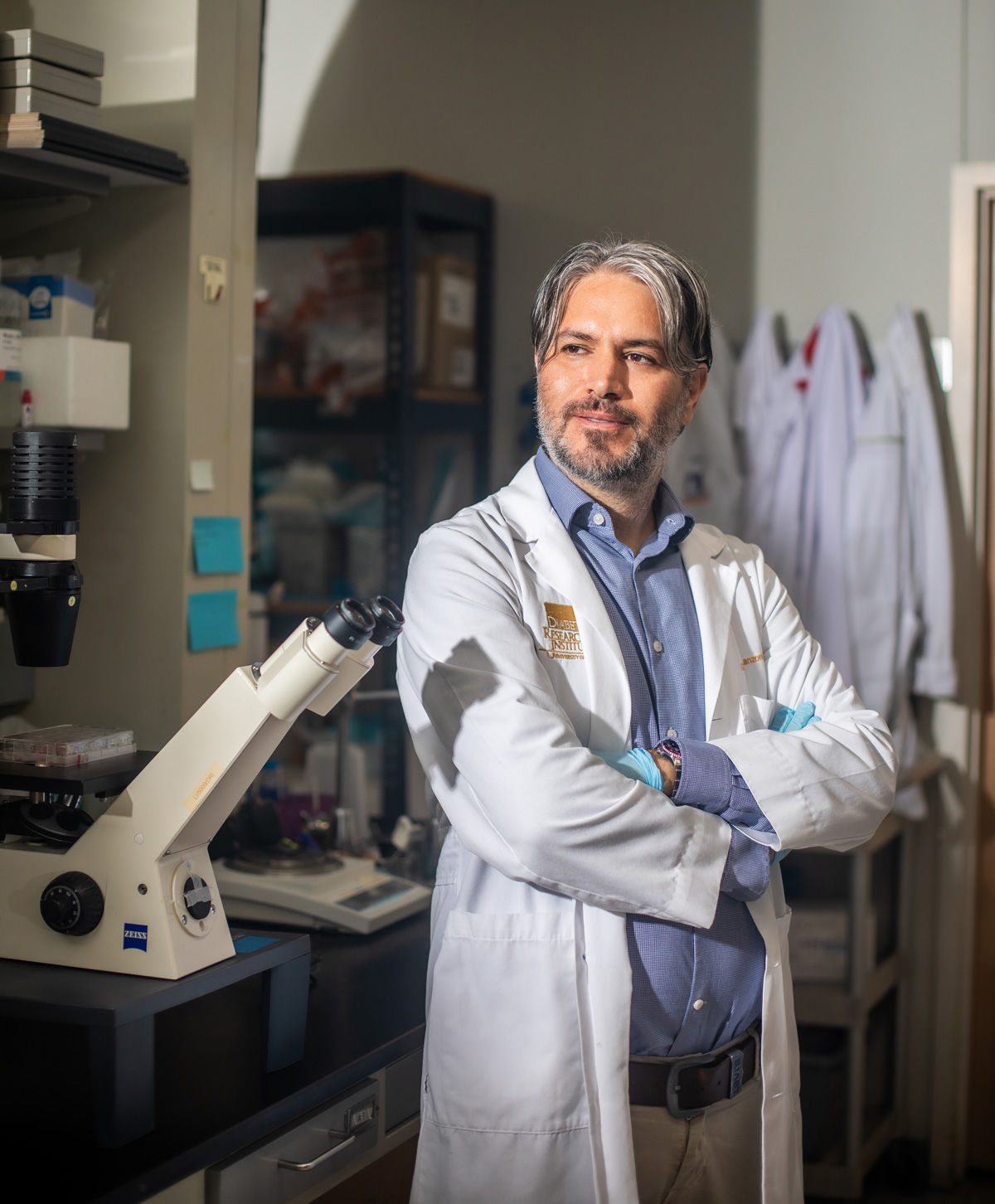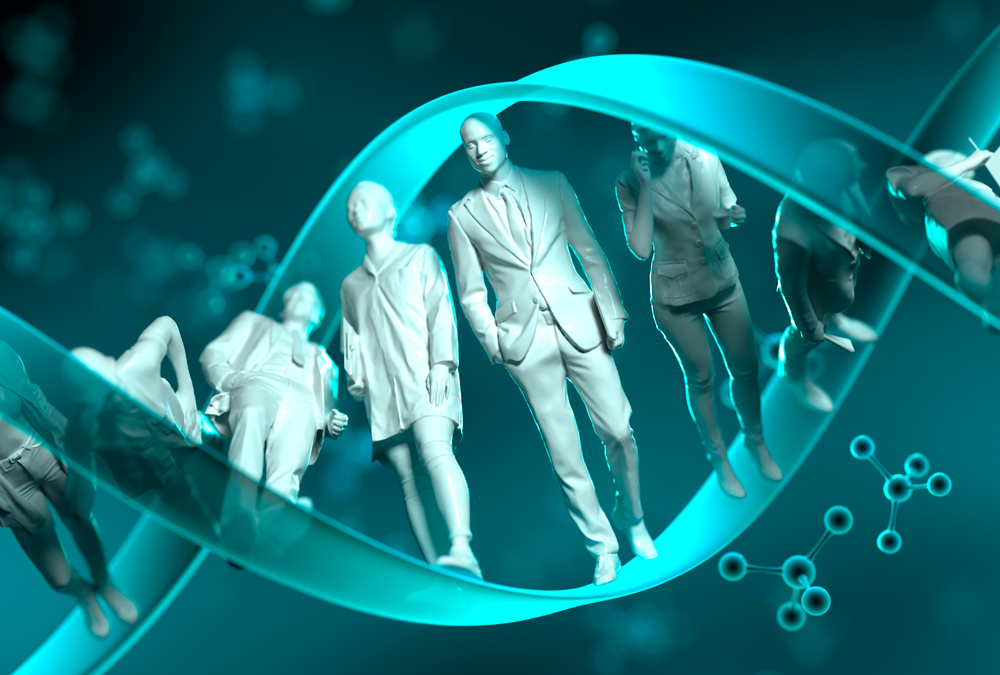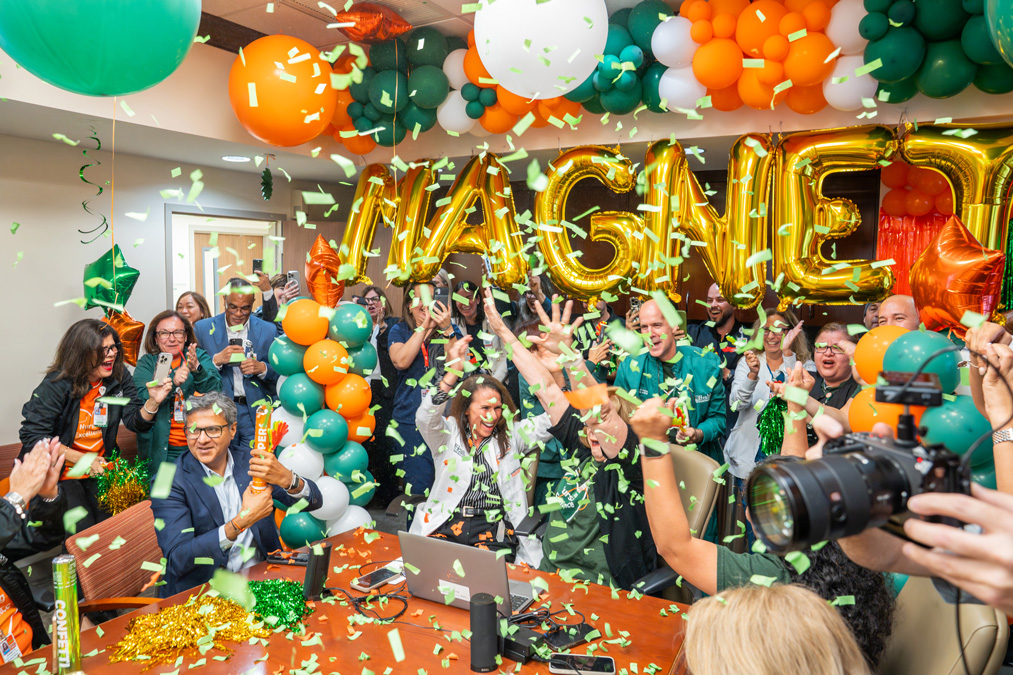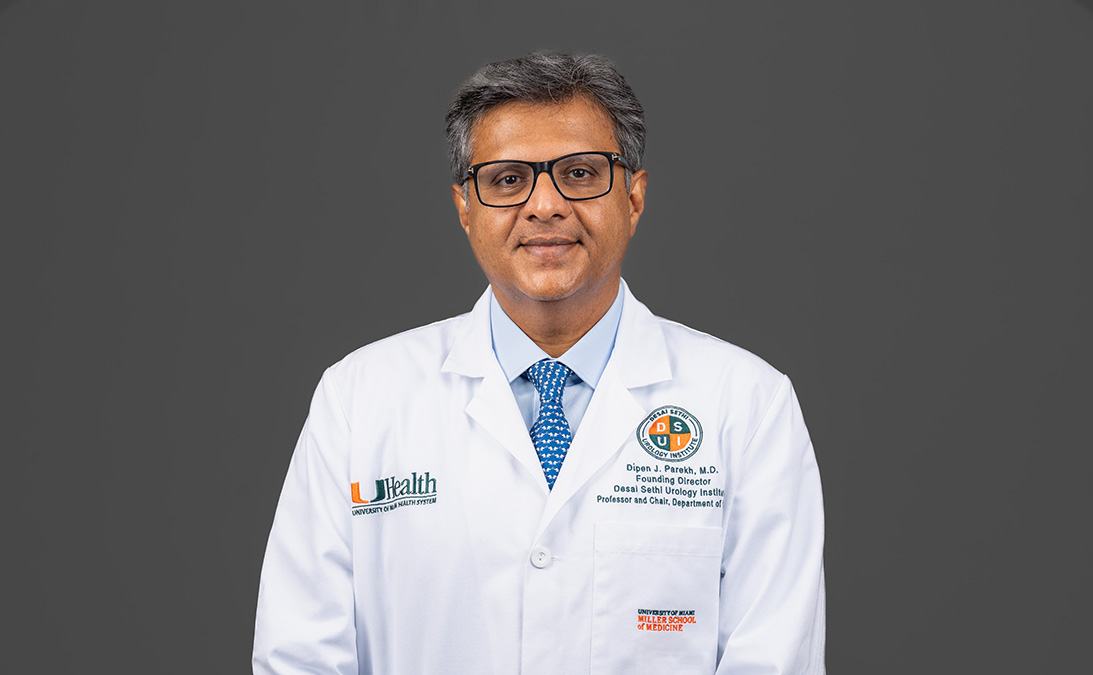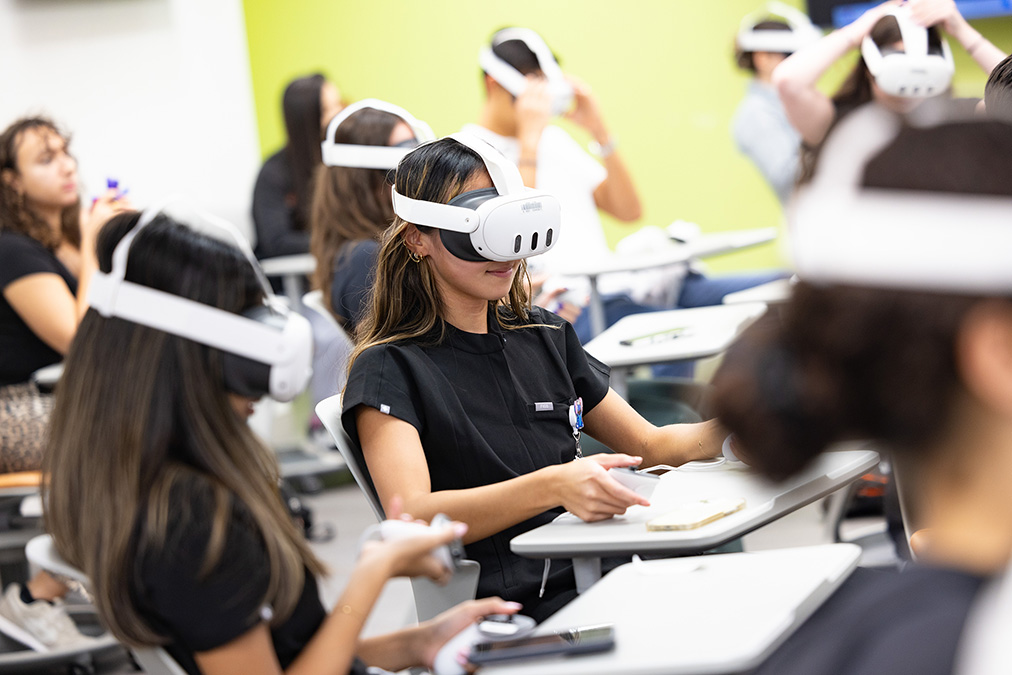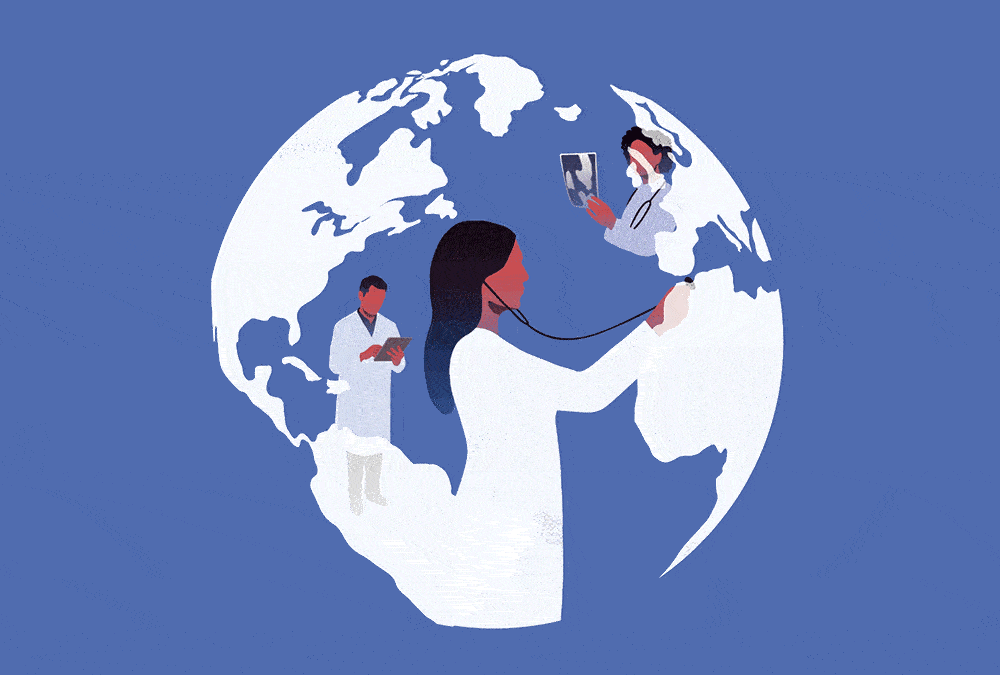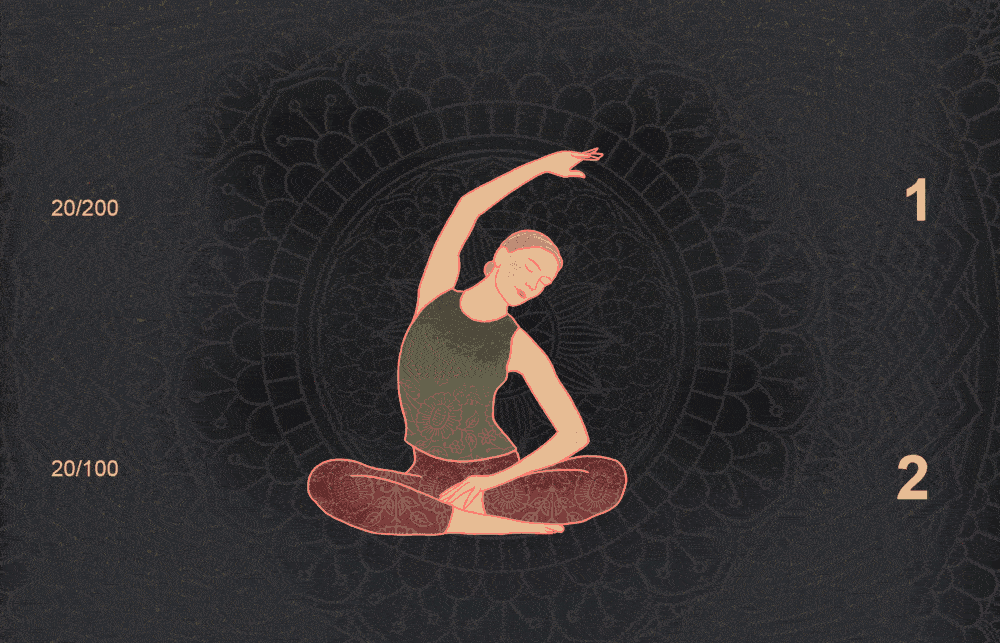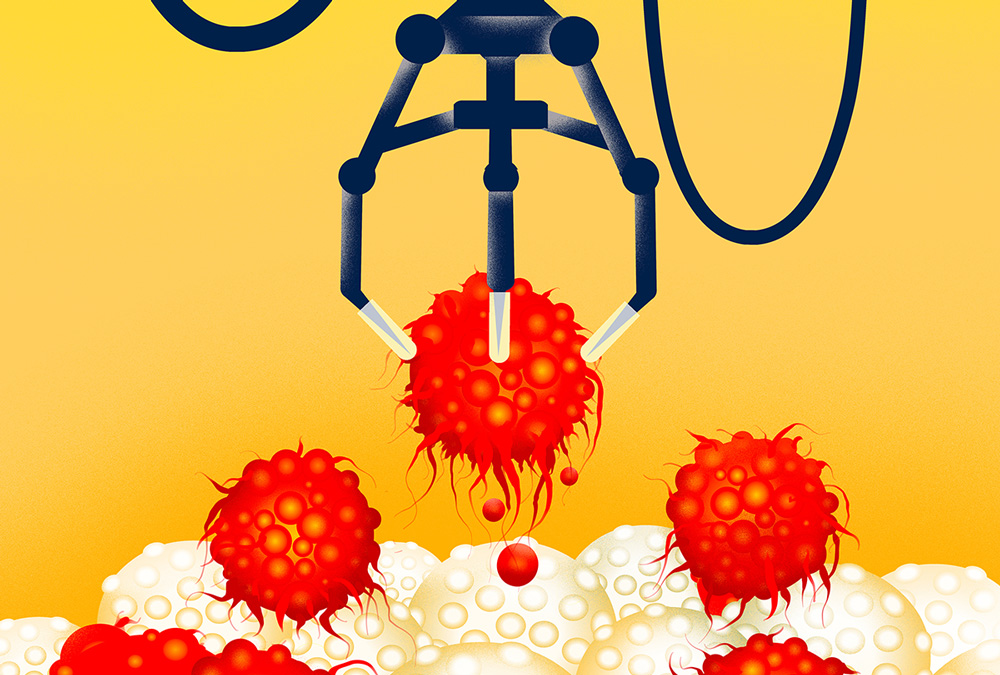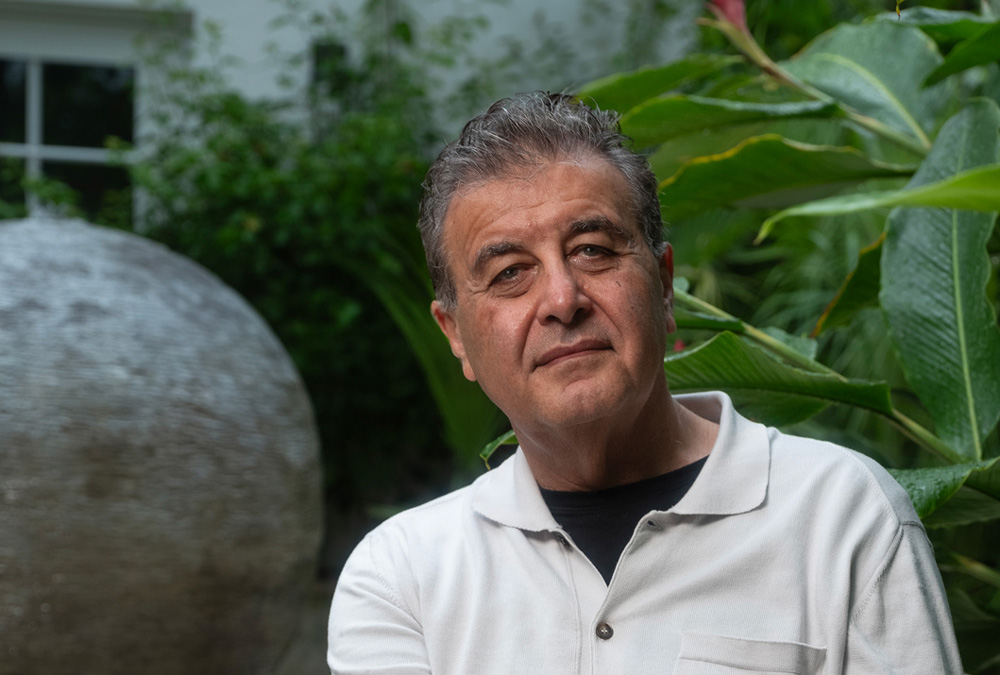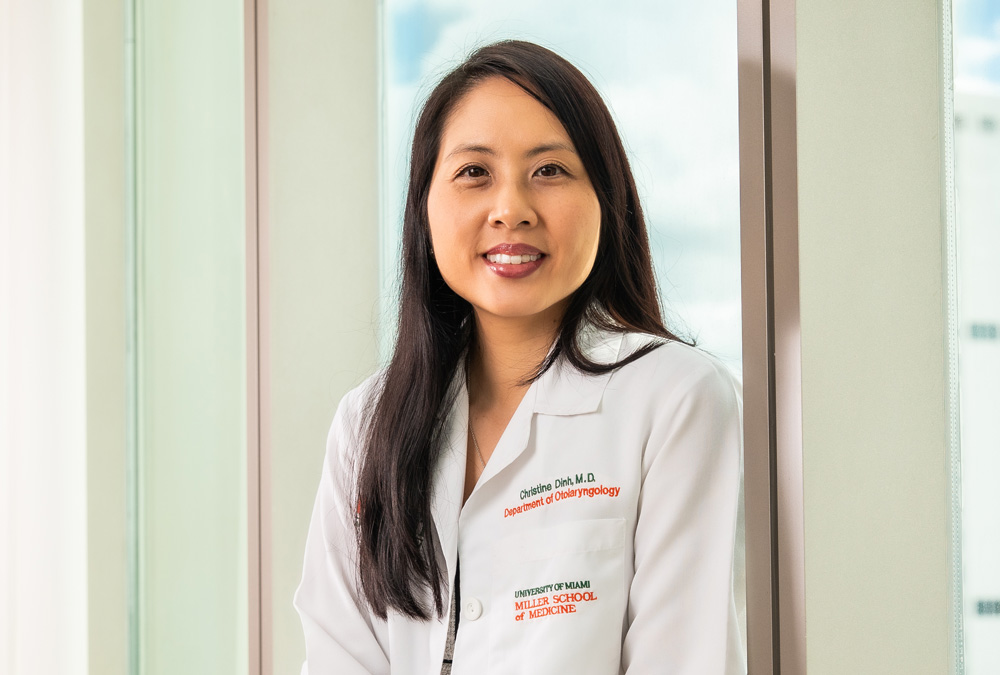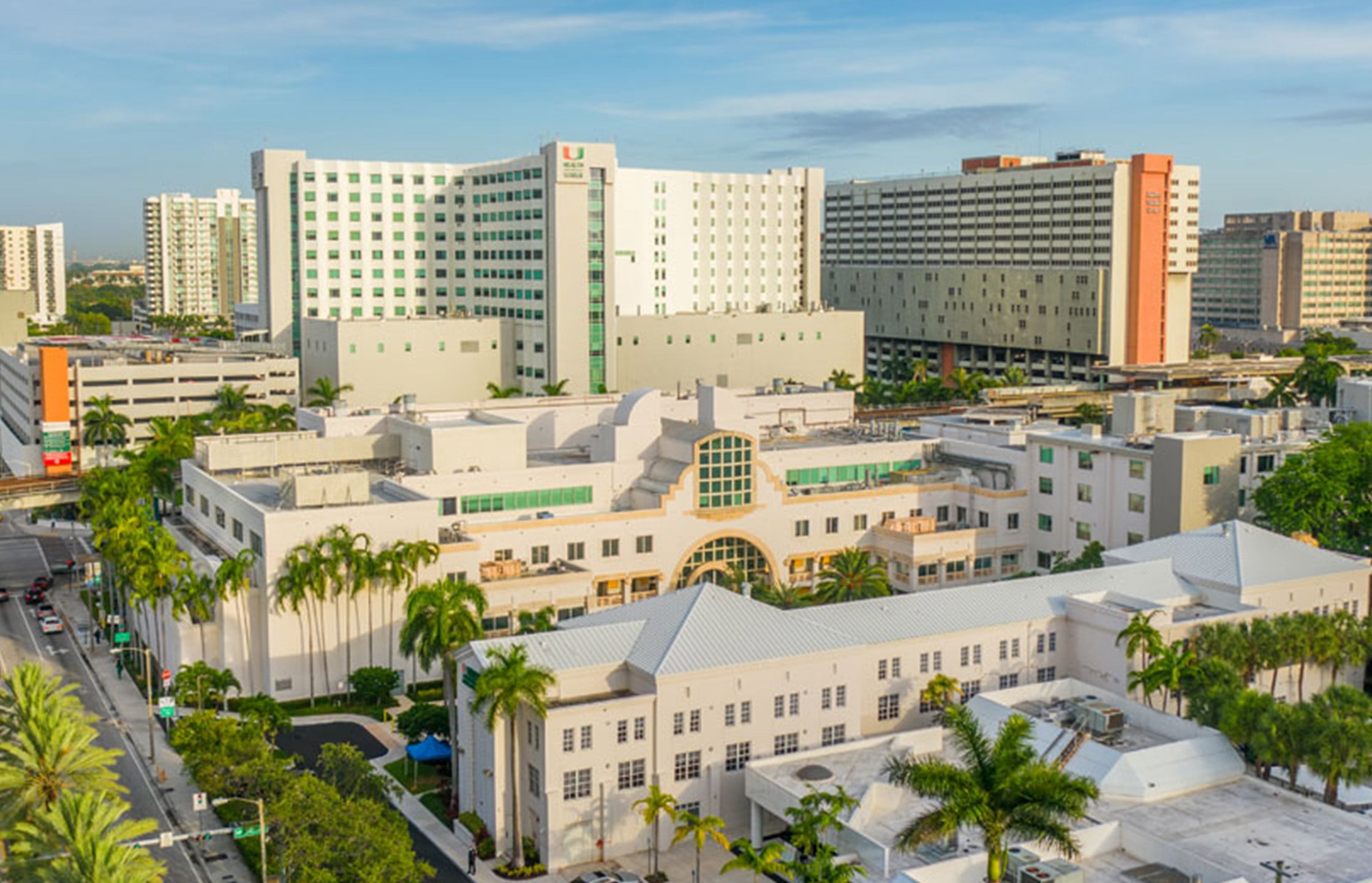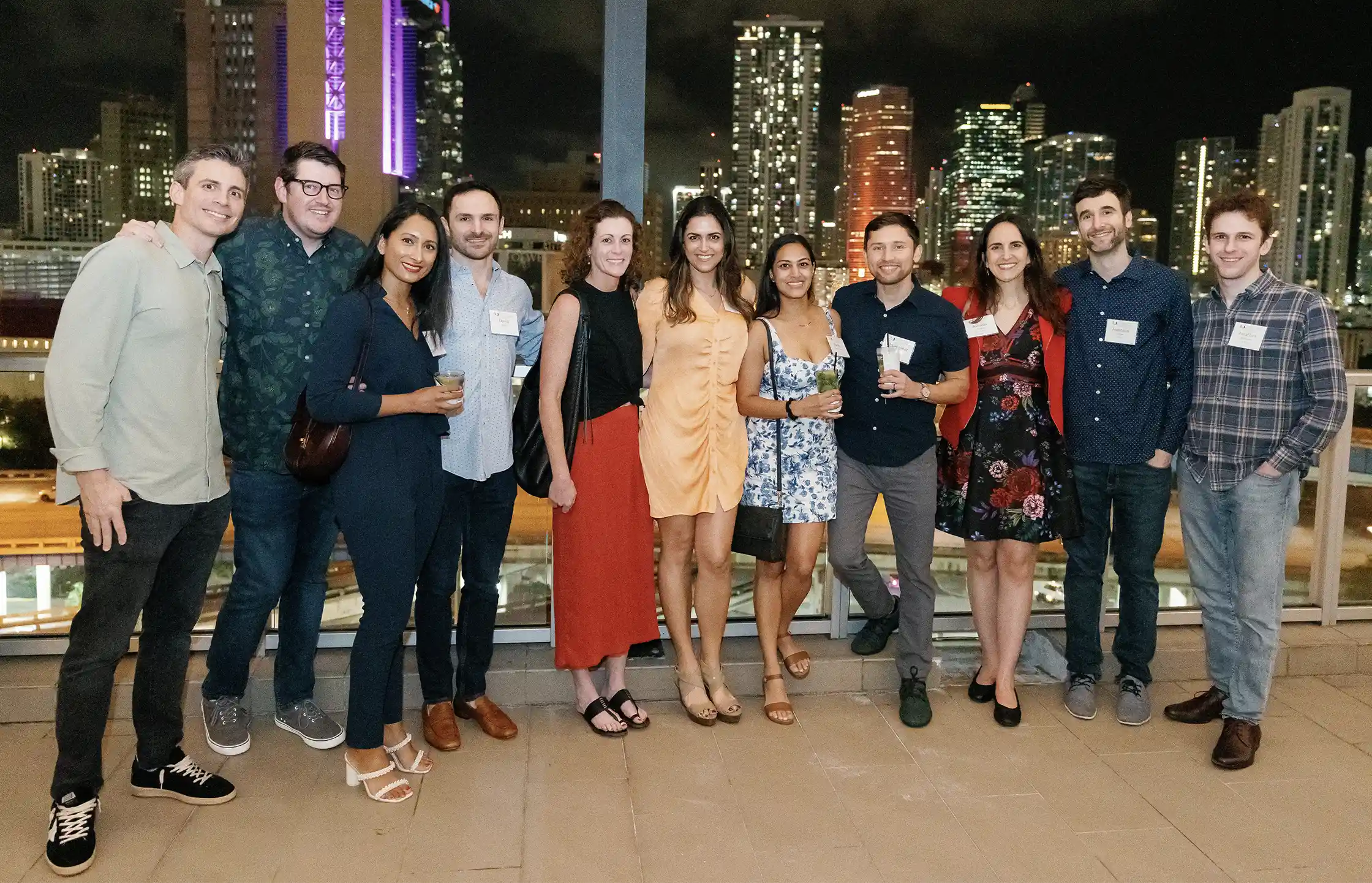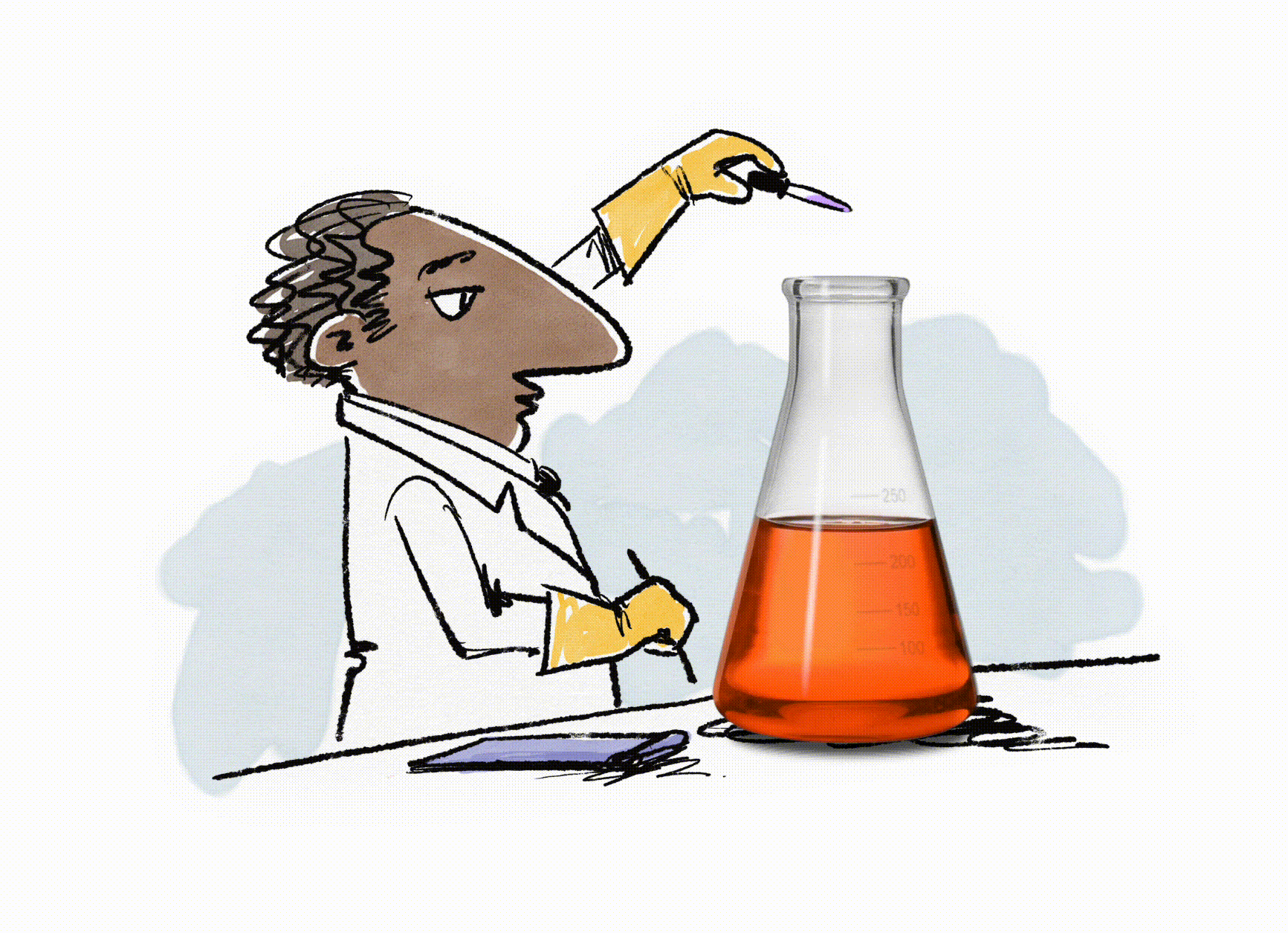Mining DNA for Alzheimer’s Secrets

Mining DNA for Alzheimer’s Secrets
SHARE
Alzheimer’s disease is the most common form of dementia and a therapeutic riddle. While its characteristics have been known for many years, nobody is certain about the condition’s underlying causes, making drug development challenging.
To better understand these dynamics, researchers at the John P. Hussman Institute for Human Genomics (HIHG) at the Miller School of Medicine, and other groups across the globe, are looking closely at the source code: DNA.
Anthony Griswold, Ph.D., and Brian Kunkle, Ph.D., M.P.H., have spent years looking for Alzheimer’s clues in DNA. Their tools include genome-wide association studies (GWAS) and whole-genome sequencing, in which teams of scientists analyze DNA from thousands (or hundreds of thousands) of people to identify genetic variations associated with disease.
By analyzing these massive data troves, researchers hope to identify the mechanisms that make people more susceptible to Alzheimer’s. Just as important, they want to understand why some people seem to be protected from the disease. Genetic information is the key.
“Therapies based on genetic targets are more than twice as likely to be successful,” said Dr. Kunkle, director of the Genetic Epidemiology Division in the Center for Genetic Epidemiology and Statistical Genetics. “The key is identifying those actionable targets.”
“We can identify these types of variants, gain a greater understanding of how Alzheimer’s disease works, and ultimately identify new therapeutic targets.”
Anthony Griswold, Ph.D.,
Mining Big Data
In 2019, Dr. Kunkle was first author on a massive GWAS paper on Alzheimer’s. The study analyzed nearly 100,000 patients and identified a number of previously unknown genes related to Alzheimer’s risk.
This was an important study, but it was done exclusively in people of European genetic ancestry. To get a more complete picture of Alzheimer’s genetics, researchers at the HIHG looked deeper.
As part of the National Institute of Aging’s Alzheimer’s Disease Sequencing Project, HIHG researchers and colleagues began analyzing DNA from groups in Africa, the Caribbean, South America and elsewhere. By studying different ancestries, they hoped to identify unique variations that might influence Alzheimer’s. That work is already producing benefits.
Recent HIHG studies have shown that people of African ancestry are protected against Alzheimer’s disease caused by variants in a gene called APOE, specifically APOEΣ4. “We’re working to figure out how this protective effect works, and that could ultimately have great value,” said Dr. Griswold, associate professor of human genetics and associate director of the Center for Genome Technology at the HIHG. “By casting a global net, we can identify these types of variants, gain a greater understanding of how Alzheimer’s disease works, and ultimately identify new therapeutic targets.”
Liquid Biopsies for Early Detection
As with many diseases, early detection of Alzheimer’s can really benefit patients. However, because it is a brain condition, monitoring options are limited. HIHG researchers have turned to “liquid biopsies” that detect brain disease biomarkers in the blood.
“Measuring proteins in plasma can give us clues about brain function,” Dr. Griswold said. “We can measure things like phosphorylated tau, amyloid beta and inflammatory markers that could help us identify pathology even before patients start showing symptoms. This could allow for earlier intervention to slow the process.”
These tests could also provide important clinical information, such as measuring disease progression or identifying specific Alzheimer’s disease subtypes.
“The NIH had tremendous foresight to fund these types of projects that look at the global impact and causes of Alzheimer’s disease,” Dr. Griswold said. “With these resources, we took what we learned from earlier studies and expanded them globally. Every time we bring in a new population we’ve never studied before, we find new genetic markers, and that’s going to help us develop diagnostic tests and medicines that could eventually help all people with Alzheimer’s.”



